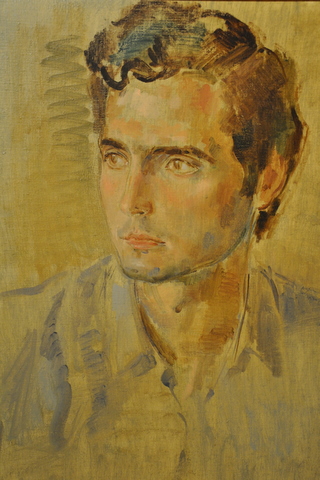

Guidelines for submitting articles to Santa Rosalia Today
Hello, and thank you for choosing Santa Rosalia.Today to publicise your organisation’s info or event.
Santa Rosalia Today is a website set up by Murcia Today specifically for residents of the urbanisation in Southwest Murcia, providing news and information on what’s happening in the local area, which is the largest English-speaking expat area in the Region of Murcia.
When submitting text to be included on Santa Rosalia Today, please abide by the following guidelines so we can upload your article as swiftly as possible:
Send an email to editor@spaintodayonline.com or contact@murciatoday.com
Attach the information in a Word Document or Google Doc
Include all relevant points, including:
Who is the organisation running the event?
Where is it happening?
When?
How much does it cost?
Is it necessary to book beforehand, or can people just show up on the day?
…but try not to exceed 300 words
Also attach a photo to illustrate your article, no more than 100kb

Murcia, The Museo Ramón Gaya, visiting the works of Murcia's famous native artist.
Where to go in Murcia, Museo Ramón Gaya
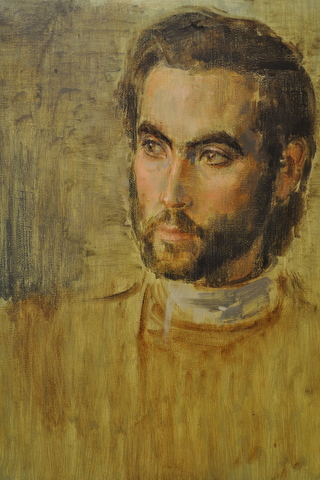
A little information about Ramón Gaya.
Born in 1910, he showed a prodigious talent, exhibiting in 1920 in a regional Fine Arts Society exhibition and by the age of 18 was in Madrid, mixing with some of the best-known names of the artistic set, the Generation of 27, a group of young poets and artists who revolutionised poetry and art, and boasted characters such as the poets Federico Garcia Lorca, murdered in the Spanish Civil War and Pedro Salinas, artists Pedro Flores, moving in the orbit of the heady art revolution , with Picasso and Dali, all of whom he knew.
Spanish art was fashionable and vibrant, making headlines around the world for its creativity and modernism.
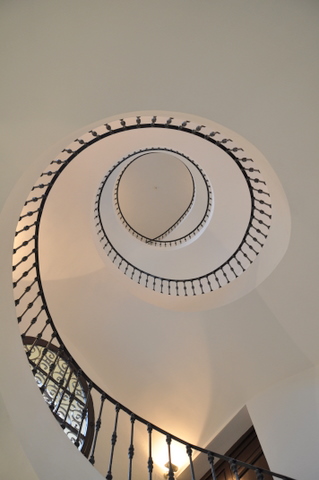
During the Spanish Civil War, 1936, many artists fled, were imprisoned or as in the case of Lorca, murdered, and following the death of his wife in a bombing raid, Gaya was imprisoned in a French prison camp. From there he fled to Mexico, and along with other Spanish artistic figures was exiled, a state in which he remained for more than 20 years, spending much of his time In Italy and Paris.
By the 1970s , he was once again exhibiting In Spain and throughout Europe, writing and painting, with several publications to his name, his art acclaimed within Spain where he was awarded the Gold Medal for Fine Arts by the Spanish government.
He continued to exhibit and write until his death in 2005.
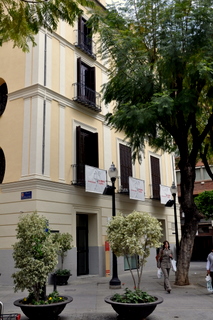
Looking at the canvases evokes that feeling of tired familiarity, like going to visit a favourite great aunt, who always had a few flowers In a vase on her side table, every photo worn smooth through a lifetime of polishing, the air with a hint of must, and although everything was Immaculately clean, it was old, worn, faded, and softly antiquated.
That's what these pictures are, memories, recuerdos is the Spanish word, keepsakes of sunny afternoons and faded moments, an intimate admission Into the consciousness of the artist, an Indulgence which Is astonishingly difficult to achieve without appearing faked.
Museum Ramón Gaya, Plaza Santa Catalina.
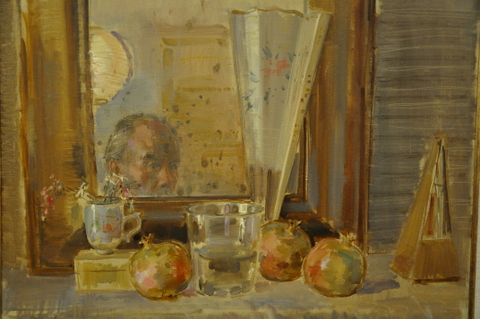
On the ground floor is a temporary exhibition which exhibits his extraordinary skill at capturing the personality of a sitter with just a few strokes, minimal paint, maximum effect, Gaya having a talent for saying so much with the use of so little.
Sadly the text which accompanies the canvases is in Spanish, and is quite difficult to translate literally, as Gaya 
He saw depth and soul where many would see only roughly applied paint, and much of the text in the museum is given over to the wonderment he felt when beholding art and his own feelings about the process of creating it.
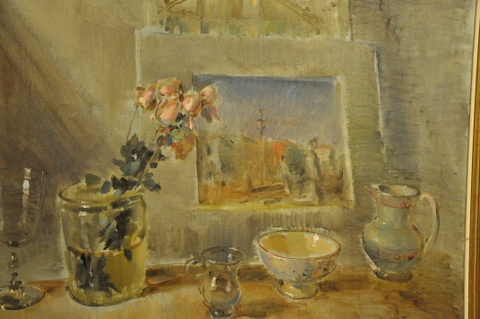
Walk into a gallery with 100 pieces by 100 artists and his would stand alone, so distinctive is the way he uses his paint, creates a suggestion instead of a supposition, and the feeling of peace and harmonious composition every work evokes.
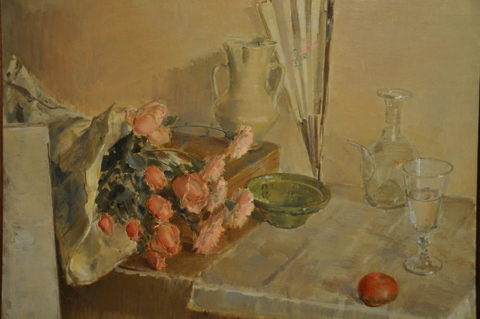
Museum Ramon Gaya, Murcia, Location and Opening Times

Murcia
Click for map, Museo Ramon Gaya
Telephone: 968 221 099
Fax: 968 221 031
Opening Times
Monday-Saturday 10-2 and 5-8
Sunday 11-2pm
Summer Opening Hours ( June to September)
Monday to Friday 10-2 and 5-8pm
Closed Saturday and Sunday.
Entry is free of charge.
